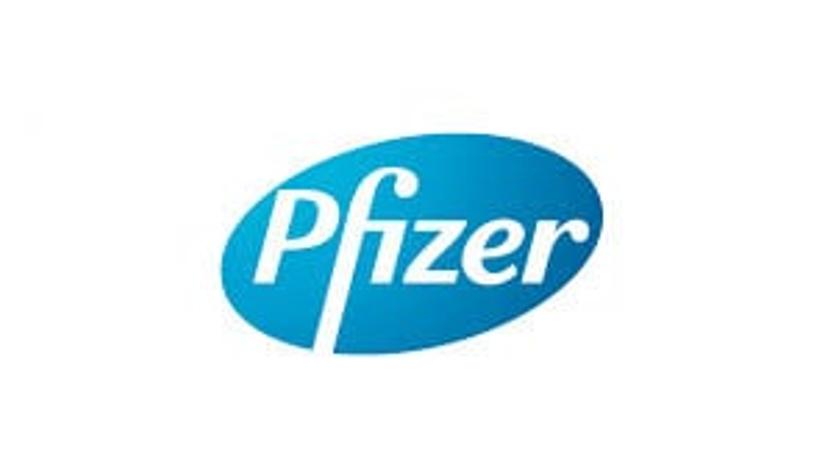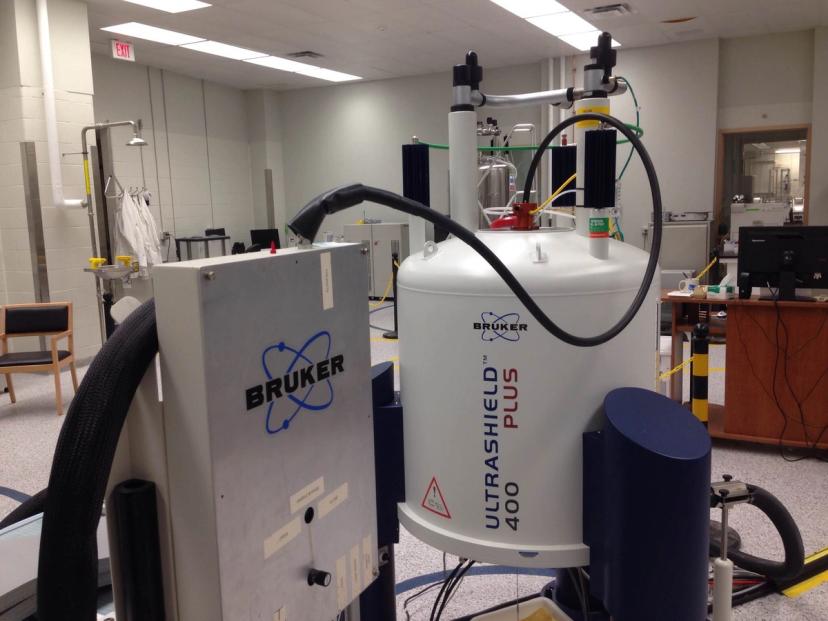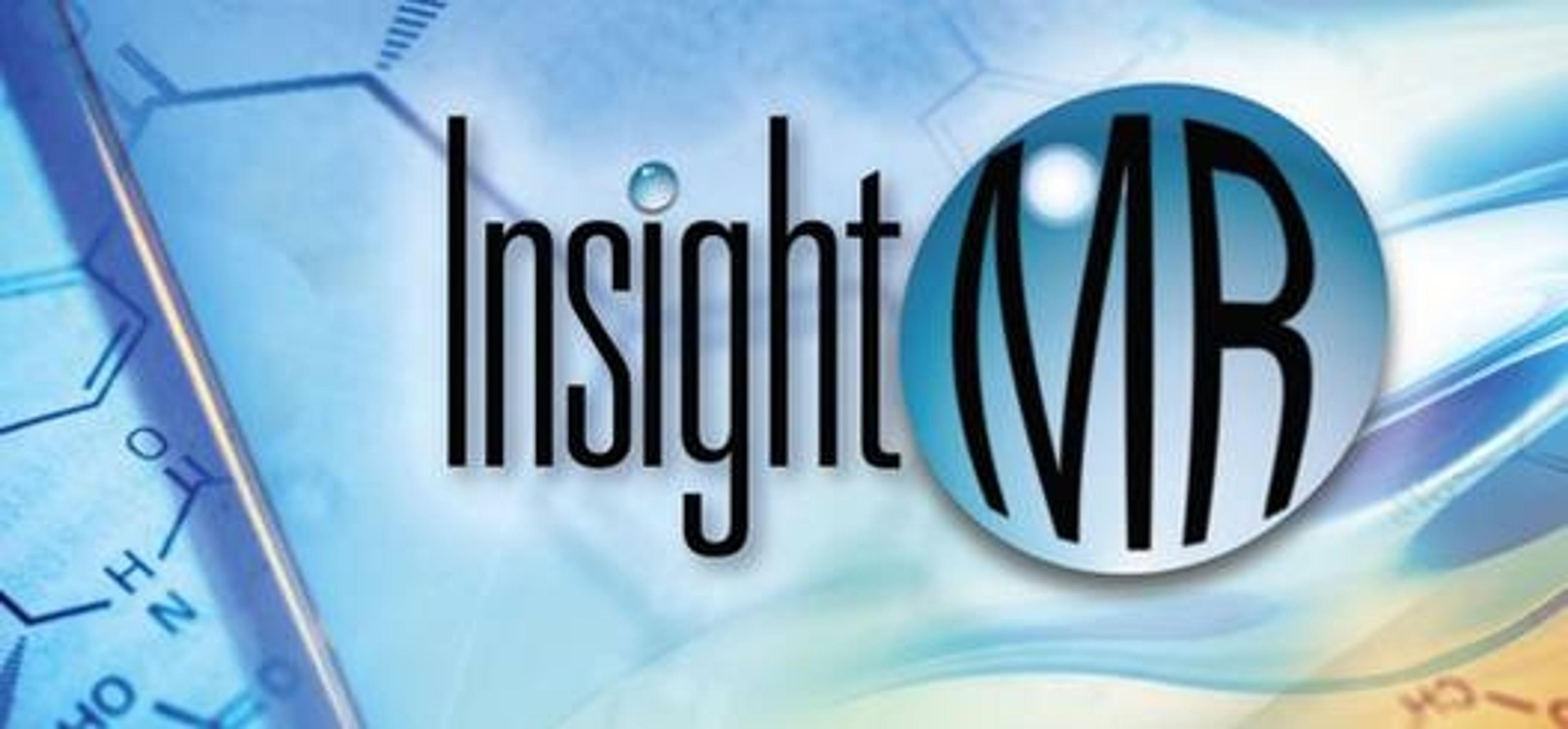The Advantages of Reaction Monitoring by NMR at Pfizer
Hear how David Foley, Principal Scientist at Pfizer, uses reaction monitoring NMR spectroscopy
30 Jul 2015

Dr David Foley, Principal Scientist at Pfizer

Pfizer is one of the world’s premier innovative biopharmaceutical companies, discovering, developing and providing over 120 different medicines, vaccines and consumer healthcare products to help save and improve the lives of millions of people in the UK and around the world every year.
The ability to fully understand what is occurring in a chemical process,is key to developing robust chemistry
Dr David Foley Pfizer
NMR has been a standard analytical technique in academia for many years. The ability to elucidate molecular structure, determine functional groups, quantitative analysis and monitor reactions through kinetic studies has enabled scientists to confidently understand reactions at a molecular level. But while reaction monitoring is a traditional technique, it has significantly gained popularity in the pharmaceutical industry due to initiatives such as process analytical technology (PAT).
David Foley, Principal Scientist at Pfizer, uses NMR to enable reaction understanding in the pharmaceutical industry. "The ability to fully understand what is occurring in a chemical process," says David, "is key to developing robust chemistry that is high yielding, has a low impurity profile and can be scaled to operate in a manufacturing facility. The approach that we use is to probe the chemical reaction using online NMR. This technique involves pumping a stream of reaction mixture from a reaction vessel to an NMR, and back in a constantly recirculating sample loop, which acquires NMR spectra at regular time points over the course of the reaction. This enables in-situ structural characterization of unknown reaction intermediates, impurities and products."
Novel Flow System Design
David has been key to the development of the novel NMR flow system described above, which can be utilized on numerous NMR systems across a variety of magnetic field strengths. The flow system can be easily inserted and removed from a standard 5 mm NMR probe, and the flow of the reaction is controlled by a pump, which enables either a continuous flow or no flow of reaction mixtures. The simple design is ideal for using online NMR spectroscopy to optimize reaction times and identify mechanistic aspects of a reaction (Figure 1).

Figure 1: NMR Flow System Setup
Elucidating Unknowns
David continues: "NMR is one of the primary analytical techniques for the structural elucidation of novel or unknown compounds, and has been used for many years for this purpose. Our approach is an extension of this. However, instead of looking at a single compound in solution, we are now looking at a reaction mixture where multiple species are present in solution at any one time. This makes the characterization of each component more challenging, but the benefit of revealing structural information on labile intermediates that cannot otherwise be elucidated could be key to increasing the yield of product.
"Another benefit is that NMR is inherently quantitative. The signal obtained from NMR spectroscopy is directly proportional to the number of nuclei represented by that signal. This means that the integral of that signal can be converted to a concentration value, without the need for a calibration curve. Tracking the disappearance or appearance of a peak over time provides a concentration vs time reaction profile, which can be used to obtain kinetic information about the reaction."
Advantages over other Analytical Techniques
But why has David and his team begun to use this technique to monitor chemical reactions in the pharmaceutical industry? "For me, the main advantage of NMR spectroscopy over other analytical techniques is the structural information that can be obtained from NMR. Its quantitative nature means that the NMR signal can be easily converted to a concentration. No one technique will provide all of the answers, but by combining multiple techniques to look at a chemical reaction, you have the best chance of solving the problem at hand. In many cases, NMR can be used to translate structure or concentration information to other analytical tools, such as optical spectroscopies. One advantage of examining a reaction by online NMR is that the system is not disturbed by the NMR analysis. LC is a common method of obtaining 'In-Process Control' of a reaction; however, LC often requires aqueous conditions, which can perturb the reaction matrix, potentially altering the nature of species in the reaction. This may lead to a false picture of what is actually occurring in the reaction."
The Future
"There have been many developments in the past five years in the area of online NMR. The technique itself is becoming increasingly utilized, in both academic and industrial areas. Key to this growth has been a drive to gain as much knowledge as is possible about chemical processes, but also the willingness of process chemists, engineers and analysts to accept NMR where it was never used before.
"There have been many advances in hardware. When I first started doing this work, probes designed for LC-NMR were used; now flow-tube designs remove the need for a dedicated NMR system to conduct online NMR analysis.
"On the software side, initially the data processing would take much longer than the data acquisition. Processing and manually integrating hundreds of 1D NMR spectra was a very time consuming process. Now, there are software packages that can output a reaction profile in real-time, allowing the chemist to make decisions on the fly."
"The use of NMR to provide mechanistic understanding will undoubtedly shed new light on some of the ’established‘ mechanistic information that is in the chemistry literature. I think that NMR will be demystified in the not too distant future, becoming user-friendly to the point where non-expert users will see it as a routine technique, much like IR or HPLC."

